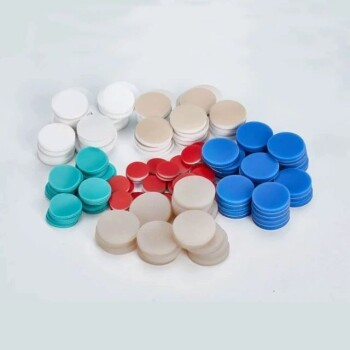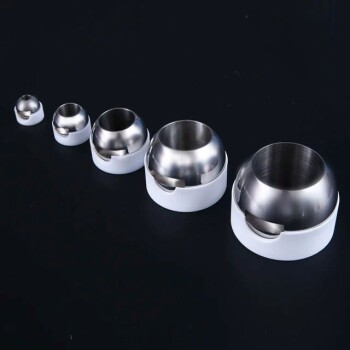A single-stage vacuum pump operates by creating a low-pressure environment within a sealed chamber, which causes gas molecules to move from a high-pressure area to the low-pressure area. This is achieved through mechanical means, such as the oscillation of a diaphragm or the rotation of vanes, which periodically increase and decrease the volume of the pumping chamber. Valves control the flow of gas into and out of the chamber, ensuring that gas is drawn in during the expansion phase and expelled during the compression phase. The diaphragm or other sealing mechanisms ensure that the process is oil-free and hermetically sealed, making it suitable for applications requiring clean and dry vacuum conditions.
Key Points Explained:

-
Principle of Gas Movement:
- A single-stage vacuum pump operates on the principle of moving gas molecules from a high-pressure area to a low-pressure area.
- This is achieved by creating a low-pressure environment within the pump chamber, which causes gas to naturally flow into the chamber.
- The pump does not "suck" gas but rather pushes it by altering pressure states.
-
Mechanical Operation:
- The pump uses mechanical components such as a diaphragm, piston, or vanes to create the pumping action.
- In diaphragm pumps, the diaphragm is moved in an oscillating manner by a connecting rod and an eccentric, which periodically changes the volume of the pumping chamber.
- In vane pumps, delicately balanced vanes rotate to create the necessary pressure changes.
-
Valve Mechanism:
- Valves are crucial in controlling the flow of gas into and out of the pumping chamber.
- During the expansion phase, the chamber is open to the intake line, allowing gas to enter.
- During the compression phase, the chamber is linked to the exhaust line, allowing gas to be expelled.
-
Hermetic Sealing:
- The diaphragm or other sealing mechanisms ensure that the pump is hermetically sealed, preventing any leakage of gas or contamination from oil and lubricants.
- This makes single-stage vacuum pumps suitable for applications requiring clean and dry vacuum conditions.
-
Pressure Range:
- Single-stage vacuum pumps operate over a wide pressure range, typically from 1.3 to 13.3 mbar.
- As the pressure decreases in the chamber, removing additional molecules becomes more challenging, requiring the pump to operate efficiently across this range.
-
Applications:
- Single-stage vacuum pumps are adaptable for multiple applications, including laboratory use, industrial processes, and any scenario where a clean, oil-free vacuum is necessary.
- The inclusion of an air motor in some models enhances their adaptability and efficiency.
By understanding these key points, one can appreciate the efficiency and versatility of single-stage vacuum pumps in various applications, ensuring that they meet the specific needs of equipment and consumable purchasers.
Summary Table:
| Key Aspect | Details |
|---|---|
| Principle of Operation | Moves gas molecules from high to low pressure by altering pressure states. |
| Mechanical Components | Uses diaphragms, pistons, or vanes to create pumping action. |
| Valve Mechanism | Controls gas flow during expansion and compression phases. |
| Hermetic Sealing | Ensures oil-free, clean vacuum conditions. |
| Pressure Range | Operates between 1.3 to 13.3 mbar. |
| Applications | Ideal for labs, industrial processes, and clean vacuum needs. |
Discover the right vacuum pump for your needs—contact our experts today!














